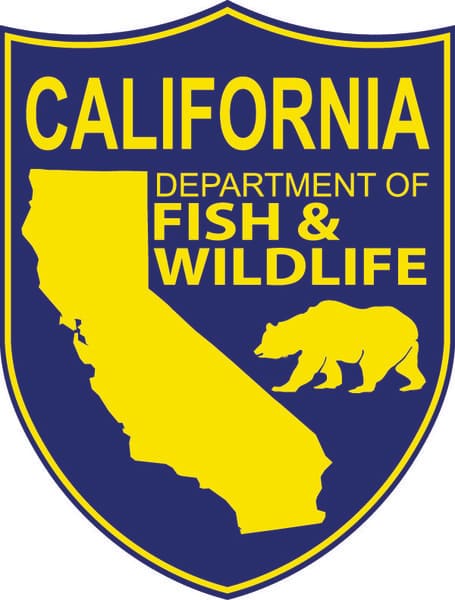California Outdoors Q&As: Are Hatcheries Producing Triploid Trout?

Are Hatcheries Producing Triploid Trout?
Question: A friend told me state Fish and Wildlife fish hatcheries are now producing and stocking triploid fish. Is this true? (Anonymous)
Answer: Yes! These vivacious, catchable, sterilized rainbow trout are produced by California Department of Fish and Wildlife (CDFW) fish hatcheries. Triploid fish have an extra set of chromosomes (3N) as a result of pressure treatment, combined with carefully monitored temperature and time precision during egg fertilization. The resulting fish are sterile, making them a more ecologically sound option for recreational fishing in many waters across the state. The fish perform for anglers like a diploid (fertile) fish, many grow larger than the fertile diploids, and they are increasingly being produced in other states for recreational stocking throughout the country.
In fact, new legislation that went into effect January 1, 2013 requires the CDFW to sterilize nearly all fish planted for recreational purposes. This sterilization practice has been in place for decades and requires no manipulation of the cell genomes – no genes are modified or transferred in this process. The carefully applied pressure during fertilization simply encourages the retention of an extra set of chromosomes normally in the egg but later discarded. Polyploidy (more than two sets of chromosomes) is common in the animal kingdom.
Do new sturgeon regs change two rod privileges?
Question: The new sturgeon regulations mandate that only barbless hooks may be used when fishing for sturgeon. Does this mean it is now illegal to use two rods in waters where only barbless hooks are allowed? This doesn’t seem right. (Anonymous)
Answer: No. Establishment of the barbless regulation for sturgeon does not alter use of the second-rod validation (e.g. the 2-rod stamp). The second-rod validation pertains only to specific bodies of water.
Crab snares
Question: I’ve read about crab fishing using a fishing pole and “crab snares” but don’t know what regulations apply. Can you please clarify? (Tim T.)
Answer: These are referred to as “loop traps” In the Ocean Sport Fishing regulation booklet (California Code of Regulations Title 14, section 29.80). Basically, they are composed of a bait box and up to six monofilament loops used to ‘snare’ the crab, and they are fished at the end of a line. Crab traps, including crab loop traps, may be used north of Point Arguello to take all species of crabs. For the take of Dungeness crabs from commercial passenger fishing vessels, please refer to the Ocean Sport Fishing regulations booklet (CCR Title 14, section 29.85.)
Note: Loop traps may have only a maximum of six loops total. You may find many loop traps with more loops for sale, but to stay legal when fishing in California waters, you’ll need to cut off any extra loops.
Why the need for sturgeon fishing report cards and tags?
Question: Why am I required to buy a sturgeon fishing report card and tags in order to go sturgeon fishing? What will the collected money be used for? Will the money be directed to a dedicated fund account? (Anonymous)
Answer: The sturgeon fishing report cards with tags were created to help with enforcement of the sturgeon bag limit, a key conservation measure. In addition, data from the report cards is a valuable complement to on-going sturgeon research. The monies received from the sturgeon report card will be used to fund increased data analysis of the sturgeon populations (white and green) and enforcement of the regulations related to the sturgeon fishery. Card fees are not going to a dedicated fund because a dedicated fund can only be created by the Legislature.

